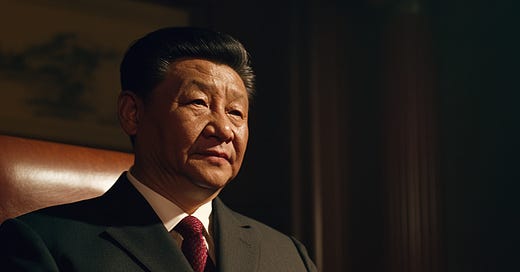"Biggest is better" for China's 2025 stimulus package
The China Banking News briefing for Friday, 24 January, 2025.
Keep reading with a 7-day free trial
Subscribe to China Banking News to keep reading this post and get 7 days of free access to the full post archives.




